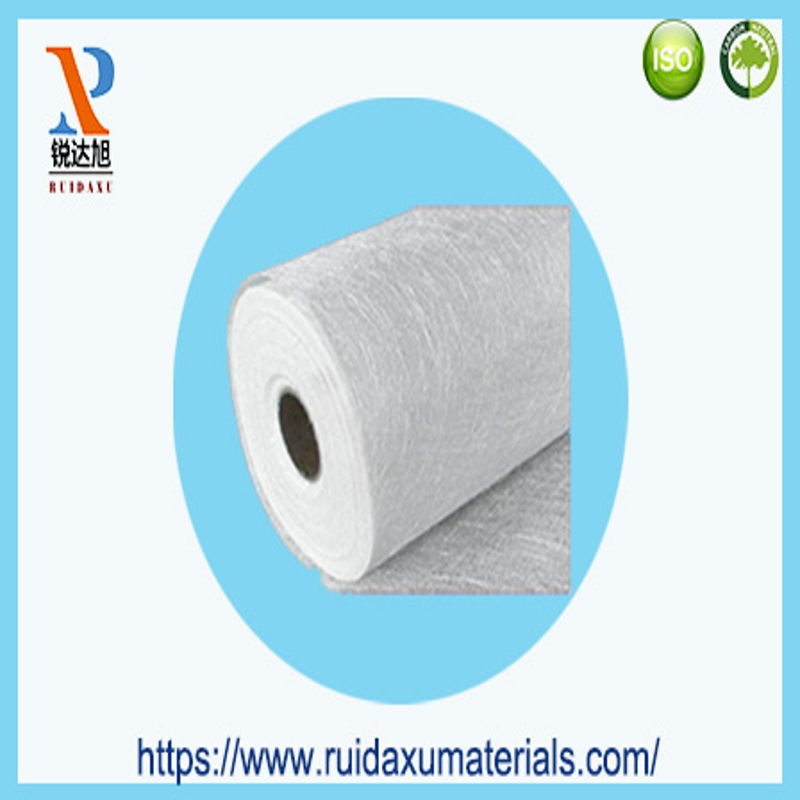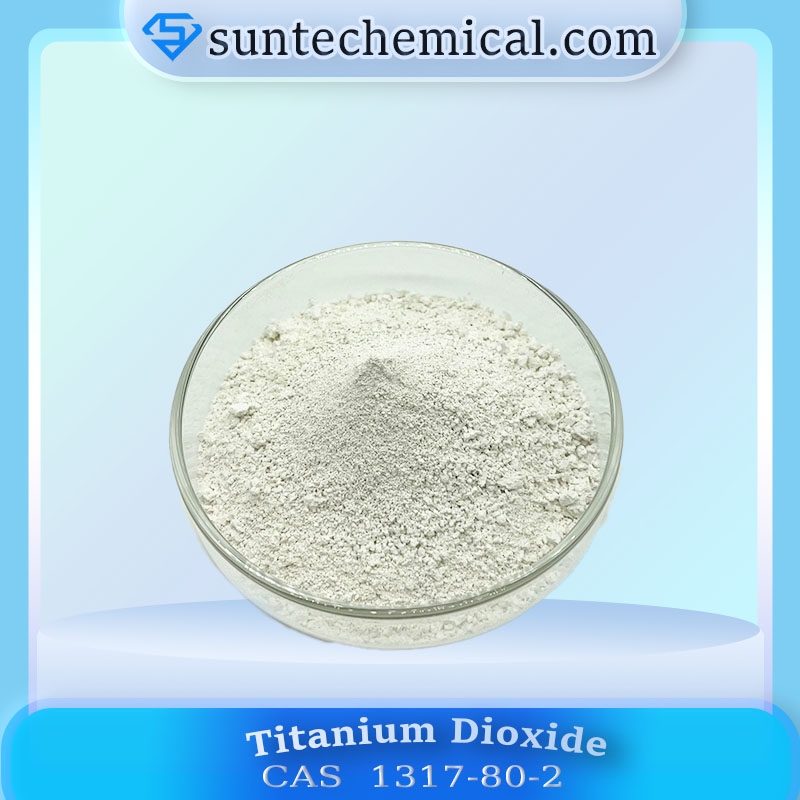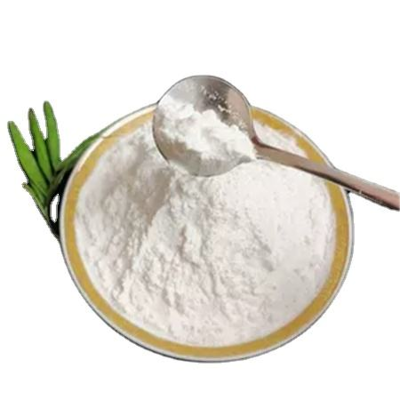-
Categories
-
Pharmaceutical Intermediates
-
Active Pharmaceutical Ingredients
-
Food Additives
- Industrial Coatings
- Agrochemicals
- Dyes and Pigments
- Surfactant
- Flavors and Fragrances
- Chemical Reagents
- Catalyst and Auxiliary
- Natural Products
- Inorganic Chemistry
-
Organic Chemistry
-
Biochemical Engineering
- Analytical Chemistry
-
Cosmetic Ingredient
- Water Treatment Chemical
-
Pharmaceutical Intermediates
Promotion
ECHEMI Mall
Wholesale
Weekly Price
Exhibition
News
-
Trade Service
2 Results and Analysis
2. 1 Impact of mica content Mica is a functional filler widely used in the coating industry, can shield more than 80% of ultraviolet light, improve the coating weather resistance, delayed powdering, color change, its high diameter ratio of two-dimensional flaky structure, can enhance the comprehensive mechanical properties of the coating, waterproof and impermeable, anti-cracking. As a body filler, mica can increase the fullness of the coating film, thus preventing ultraviolet penetration and changing the weather and heat resistance of the coating film. At the same time, because the mica belongs to a single oblique crystal system, the powder has a certain thickness ratio, easy to form an orderly directional arrangement, easy to produce a light-eliminating effect, can block visible light, but also shield ultraviolet and infrared radiation, theoretically can also block microwave. According to the quality score of 8%, 9%, 10%, 11%, 12% of the ratio added to the paint substation (excluding hollow glass microbeads, titanium dioxide), preparation of the insulation performance of the coating film, and the coating film insulation performance comparison test, the results can be seen in Table 2.
2 the effect of the addition of mica on the thermal insulation performance of the coatingFrom Table 2, it can be seen that the change of mica content has a very obvious effect on the thermal insulation performance of the coating. At the beginning, the insulation performance of the coating film increased significantly with the content of the mica, and the painting effect gradually tended to be ideal, but when the content of the mica reached about 10%, the insulation performance gradually stabilized, and the painting effect became less than ideal. Taken together, the optimal content (mass score) of mica should be 10%.2. 2 Effect of the content of hollow glass microbeads Hollow glass as an insulable pigment has the characteristics of low thermal conductivity, its main feature is that the density is smaller than glass microbeads, less thermal conductivity. Hollow glass microbeads not only have the effect of reflecting light and thermal radiation, but also take advantage of the characteristics of hollow, light weight and low thermal conductivity, which can play a role in blocking heat and improve the insulation performance of the coating film. Therefore, when hollow glass microbeads are filled, the composite effect of reflecting sunlight and blocking heat can be achieved. Hollow glass microbeads have the advantages of small thermal conductivity and small accumulation density, and can achieve good insulation effect with a small amount of hollow microbeads. The surface area is small, a large number of additions and viscosity is kept in an acceptable range; Excellent durability, weather resistance and corrosion resistance. Hollow glass microbeads are microbeads formed by the condensation of their surface pressure after the fine powder is suspended in the high temperature air flow or the melt is atomized in the high-pressure air flow, which has the characteristics of sound insulation, insulation and insulation. In the experiment, hollow glass microbeads (approximately 35 to 50 m) were selected as reflective insulation fillers. On the basis of the optimal addition of 10% of the mica, the content (mass fraction) of the hollow glass microbeads was changed to 3%, 4%, 5%, 6%, 7%, respectively, and the insulation performance of the coating for the preparation of the contrast samples was seen in Table 3.Table 3 Effect of hollow glass microbead content on coating performance As can be seen from Table 3: Paint insulation performance is also enhanced at the beginning with the increase of hollow glass microbead content, in the range of 4% to 5%, the thermal temperature difference increased significantly, after which the insulation performance showed a small change in the state, from the brushing effect is also 5% more ideal. Mainly because with the increase of hollow microbead addition, the proportion of application is gradually reduced and the insulation performance is improved. However, the experiment shows that the amount of hollow glass microbeads is not the larger the better, the amount of addition must be appropriate, otherwise too much will lead to a decrease in coating film-forming capacity, microbeads can not be fully covered, the smoothness of the coating is reduced, the smoothness of the coating is affected, the mechanical properties of the coating is also reduced. Therefore, the combined economic efficiency and insulation effect, hollow glass microbead optimal content (mass fraction) is 5%.2. Effect of 3 nanometers of gold-redstone titanium dioxideTitanium dioxide is the largest refractive index of any white pigment (refractive index 2. 76) , the cover force is also the best, can reach 23. 6 m2 /kg[9]。 At the same time, titanium dioxide has a small quality, strong impact resistance, good mechanical properties and other properties, as a filler can also improve the mechanical properties and mechanical properties of the coating. In the case of the optimal addition of 10% mica, the mass score of titanium dioxide changed to redstone type was 4%, 5%, 6%, 7%, 8%, respectively, and the contrast sample was prepared, and its insulation performance was shown in Table 4. It can be seen that: with the increase in the content of titanium dioxide, the film insulation rate increased, but when reached 6%, no longer significantly improved, so from the comprehensive brushing effect and economic point of view, the best content of titanium dioxide (mass fraction) should be 6%.4 nanometers of gold-redstone titanium dioxide content on the thermal insulation performance of the coating2. 4 Microstructure of the coating surfaceusing a scanning electron microscope to observe the coating surface, as shown in Figure 2.From the map, it is found that the mica is distributed in the coating film in extremely dense and fine flakes, not only can play its own radiation insulation performance, but also can use the enterration of its coating to form a cover force, thereby improving the reflective insulation effect, but also can be filled with bumps on the particle surface, improve the surface appearance of the coating film, improve the water resistance of the coating. Hollow glass microbeads are evenly dispersed in the coating film under the role of high-speed dispersion instrument, surrounded by mica tightly wrapped, playing the role of the bone, so that the binding strength of the coating film greatly enhanced, reducing the possibility of weathering the coating film peeling, while using its hollow structural characteristics, can do multi-layer reflection, greatly improving the reflective insulation performance. Titanium dioxide particles are evenly distributed between the mica, the experiment used for nano-grade titanium dioxide, with a very high compaction, resulting in a very strong cover capacity, and titanium dioxide has a very high reflective capacity, so not only can enhance the strength of the coating, but also make thermal insulation performance greatly enhanced.3 Conclusion 1) The mica has a high radiation insulation effect, the hollow microbeads are highly reflective insulation fillers, and with the increase of the addition of hollow microbeads, the insulation performance is improved, while too many hollow microbeads will lead to a decrease in the mechanical performance of the coating. When the mica is mixed with the hollow glass microbeads, the optimal amount (mass score) of the mica is 10%, and the optimal amount (mass fraction) of the hollow glass microbeads is 5%.2) Nano-goldstone titanium dioxide is the best performance reflective filler, when the mica and titanium dioxide mixed, the optimal amount of mica (mass fraction) is 10%, the best use of titanium dioxide (mass fraction) is 6%.3) Nano-gold-redstone titanium dioxide has slightly better insulation than hollow glass microbeads, and the optimal insulation rate is more than 94%. However, the scale of titanium dioxide is nano- and high-priced, although the insulation effect is relatively good, but the overall economic benefits have been greatly reduced, so if the requirements are not very strict, it is recommended to use hollow glass microbeads as a filler polyurethane coating.







